The Process of Therapy with Sexually Abused Children- a Resource for Professionals and Caregivers
In This Article:
The Beginning Stages of Therapy
The Processing Phase
The Resolution
Child Abuse Hotline
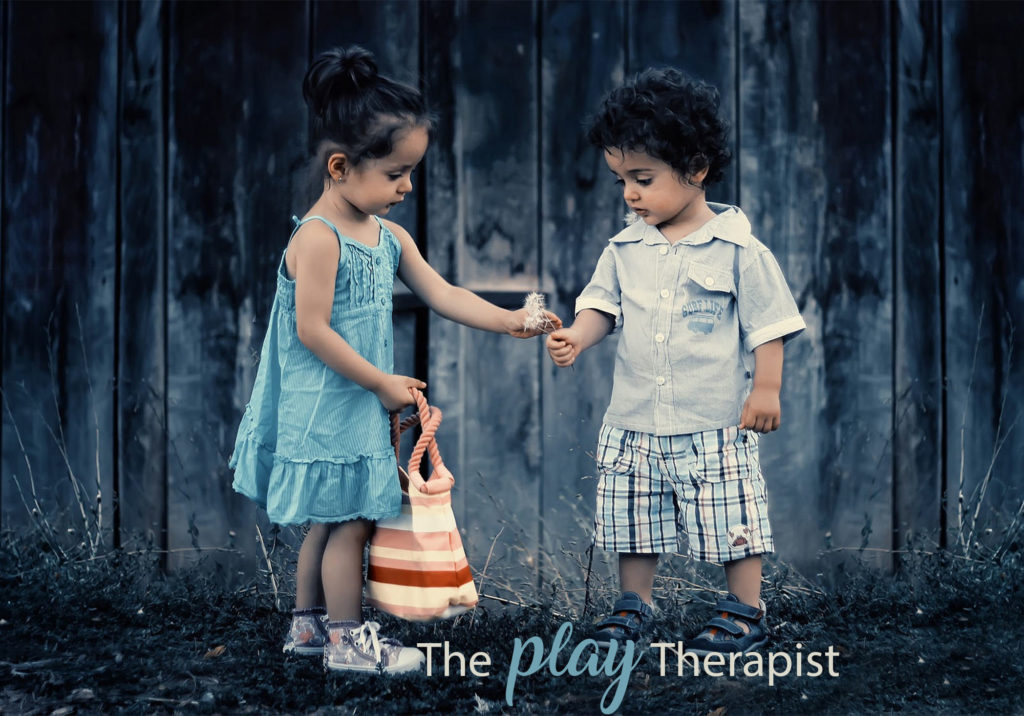
Many people have different ways they approach working with children who have experienced sexual abuse. Some follow a TF-CBT approach, some practice Play Therapy (directive or nondirective), some use sandplay or sandtray therapy (See my blog on Sandtray Miniatures), etc. Personally, I focus on building resiliency, and I encourage clients that what happened to them does not define them. I prefer to work with metaphors and mindfulness.
One problem we run into at our Children’s Advocacy Center is caregiver buy-in which results in poor therapy compliance. I feel part of the issue is parents are often left in the dark about the therapy process. “What is my child working on in therapy?” “How long will this process take?” “So you’re just playing with my kid? Can’t I do that at home?” Or my favorite question (not really), “Was he/she good today?” I try to stress there is no right or wrong way to be in therapy.
We often run into the problem of impatience with caregivers. I decided to share a layout of an example of what the process of treatment could entail.
“Growth is a slow process and so is change in behaviour. The therapist must be patient with the process.” -Garry Landreth, Play Therapy: The Art of the Relationship
Feel free to print this to hand out to parents, caregivers, or to keep as a personal resource! I’ve included links with examples of activities that can be done with children when working on processing abuse.
I hope this helps to bring awareness to caregivers and insight and guidance to practitioners and students.
A. The Beginning and Early Stages of Therapy
1. Establishing rapport through a safe, therapeutic relationship
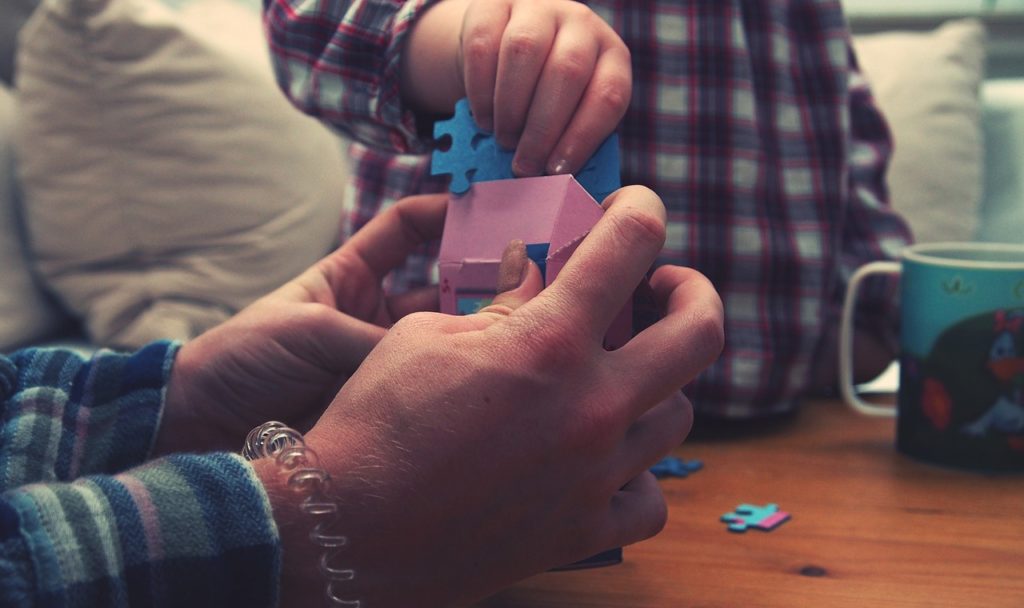
a. Setting limits and boundaries when appropriate
b. Letting the child experience space and control without judgment
c. Building trust at the child’s pace
It’s very important to take the time to build rapport and trust. This can be hard to do when agencies require immediate diagnosis or establishment of treatment plans. Sometimes other agencies or caregivers of the client are anxious for the therapist to jump right into the presenting problem. It is important to move at the client’s pace, and allow the client to bring into the session whatever it is that he or she is willing or ready to address.
2. Beginning the process of de-powering the abuse
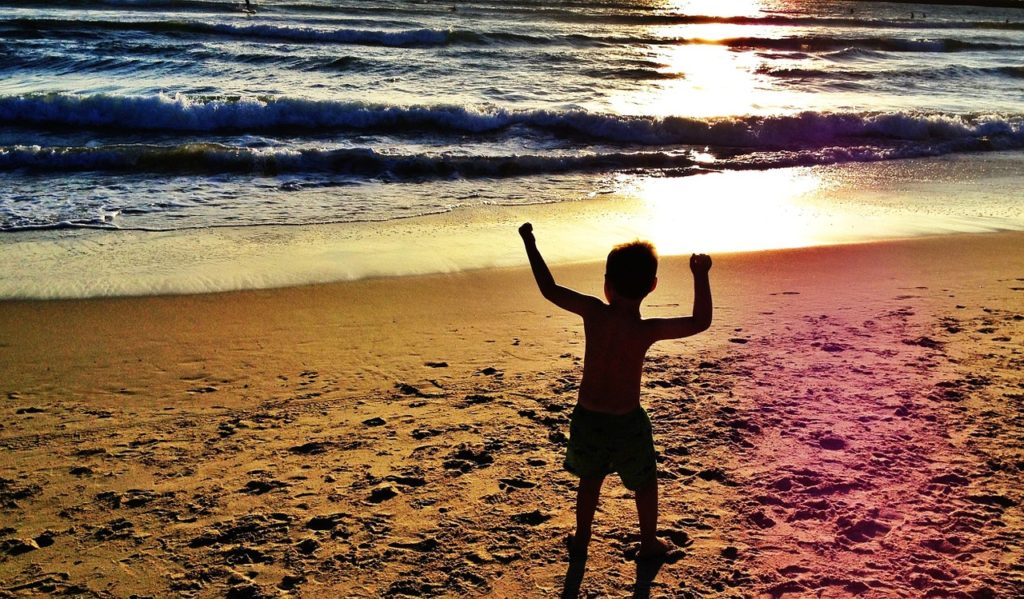
a. Clarifying what is known- allowing the child to share
b. Validating and normalizing feelings
c. Decreasing sense of isolation and blame
A lot of victims of abuse place blame on themselves for what they’ve endured (or maybe they were told it’s their fault, ex: “You shouldn’t have worn that outfit; you were asking for it.”). Reasons could vary such as the abuse was presented to the child as a game, or a possible threat of breaking up the family. A lot of caregivers wonder why their child may have waited to disclose the abuse. It is important to take into account the family system and involvement in the treatment process.
3. Focusing on Emotions
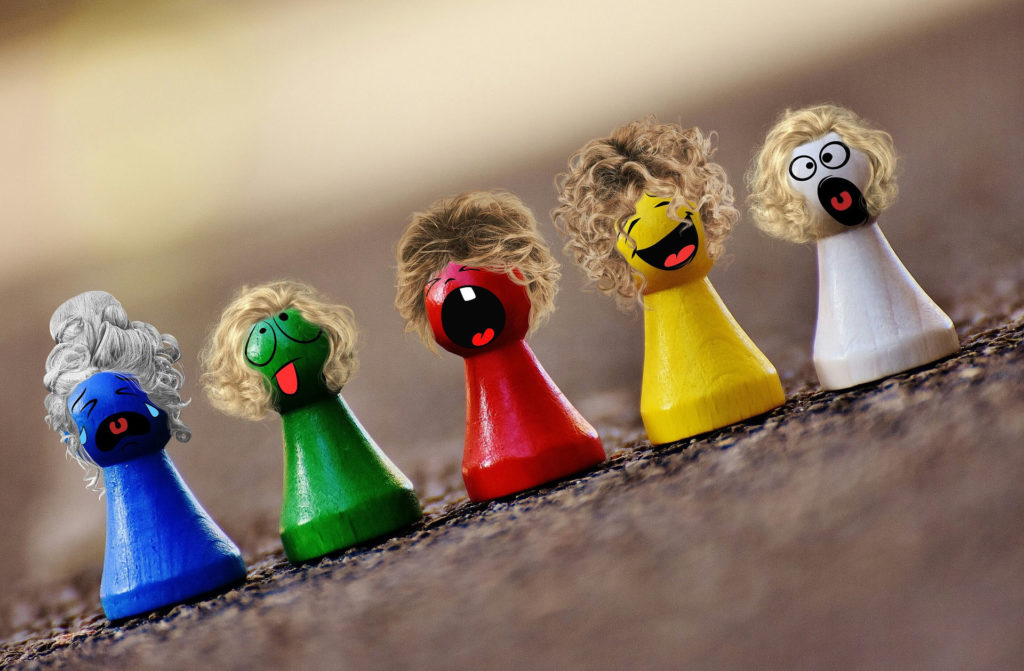
a. Identifying emotions and validating feelings
b. Encouraging appropriate expression of emotions and feelings
c. Coping with feelings
Children who have endured abuse have different responses regarding the abuse. Some may feel shame, embarrassment, regret, guilt, anxious, or depressed. Some children may not exhibit any negative emotions surrounding the abuse at all. It is also common for children to recant the abuse due to missing the perpetrator (such as a family friend, friend, or relative). Each individual family member may have a different reaction to the abuse, including the therapist. Keep in mind you cannot assume what the child is feeling; you must allow the child to express his or her emotions and come from a phenomenological perspective when a child shares his or her experience. Here is a great worksheet for children identifying feelings and emotions in the body. It could also be helpful when normalizing responses to discuss the flight or fight responses.
4. Stabilizing and containing
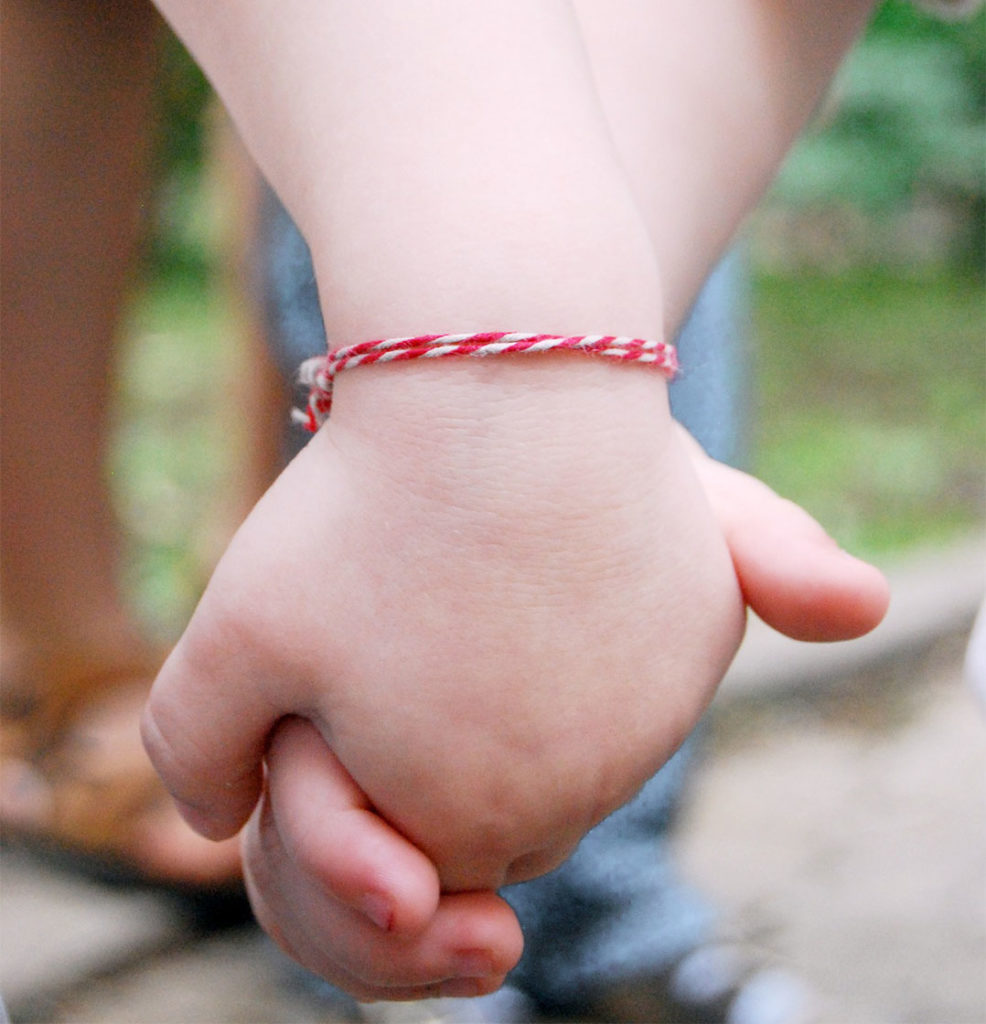
a. Addressing problematic, dangerous or sexually reactive behaviors
b. Learning about healthy boundaries and safe touches
c. Decreasing traumagenic symptoms
d. Curbing other unwanted/problematic behaviors
e. Developing a safety plan
When a child is exposed to an abusive situation, it is important to prevent further abuse from happening. A pertinent part of the treatment process is establishing and maintaining a safety plan for the child and family. This includes supervision, teaching children to respond to unsafe situations, and educating the child on recognizing what is or is not appropriate behvavior.
B. The Processing Phase
1. Removing blame and understanding the abuse

a. Correcting cognitive distortions about the abuse and its context
b. Identifying perpetrator responsibility
c. Making sense of own responses
d. Exploring family dynamics and involvement
As mentioned earlier, both children and adults have different emotional reactions to abuse. A lot of blame is placed on the victims (both the child and family) and less on the perpetrator of the abuse. It is important to take the time to thoroughly recognize any cognitive distortions the child or the family may hold. Here is a good worksheet when gathering information on family dynamics.
2. Increasing self-esteem and worth
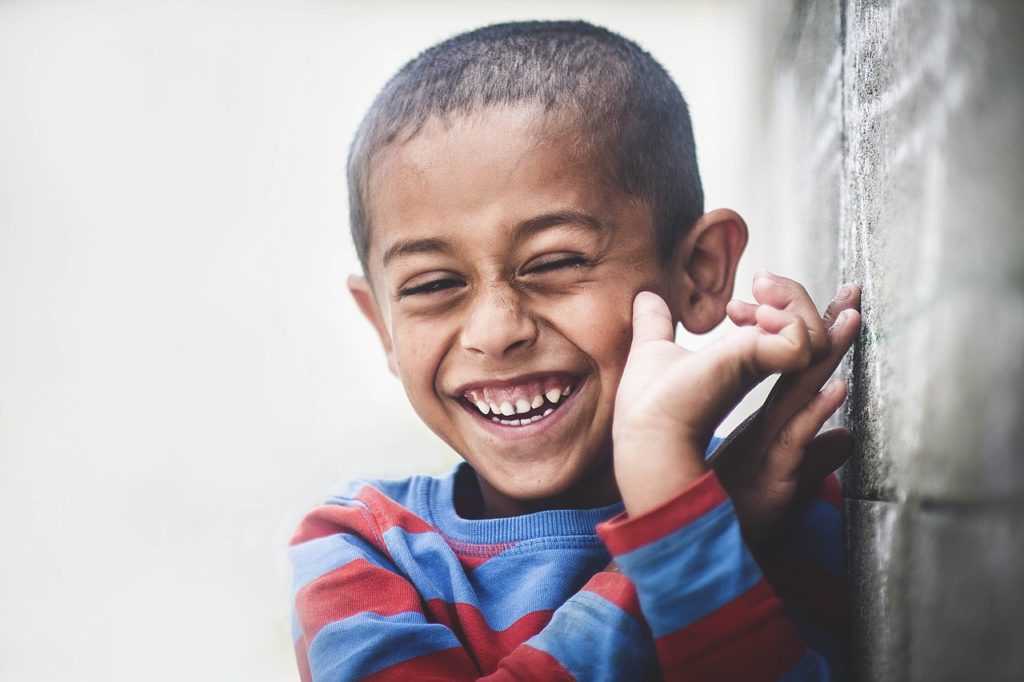
a. Exploring sense of self
b. Identifying and correcting cognitive distortions about self
c. Promoting acceptance of body and improving body image
d. Addressing shame and guilt surrounding abuse
Once cognitive distortions about the self are recognized, therapists can begin helping the client to correct these thoughts. Example of activities could include the client labeling a drawing of a body, teaching mindfulness skills, and having the child label positive traits about him or her.
3. Developing initiative
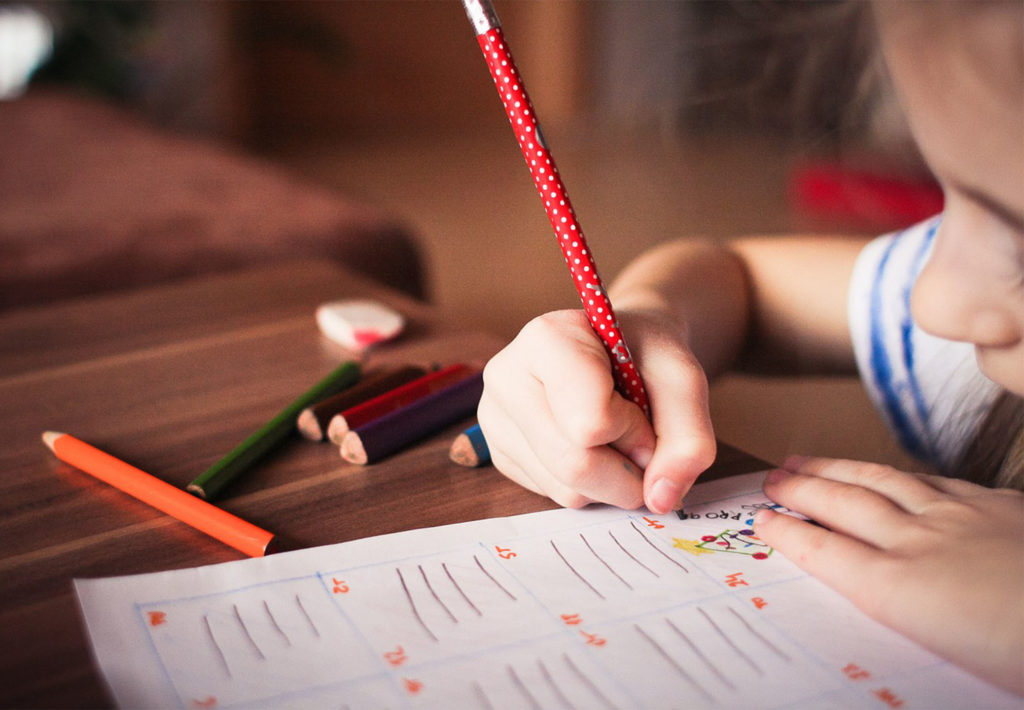
a. Learning and building assertiveness
b. Learning and practicing anger management skills
c. Expanding behavioral choices and controlling impulses
Teaching assertiveness skills to children is an important piece of the preventative and safety part of therapy. Some children tend to be either passive, aggressive, or assertive. Learning how to “say no” or know when to walk away is important for everyone to know. This skill will also increase the child’s ability to communicate effectively outside of the therapy setting. I almost always incorporate the anger thermometer directive into my practice when working on anger management skills with children.
C. The Resolution
1. Gaining a balanced perspective
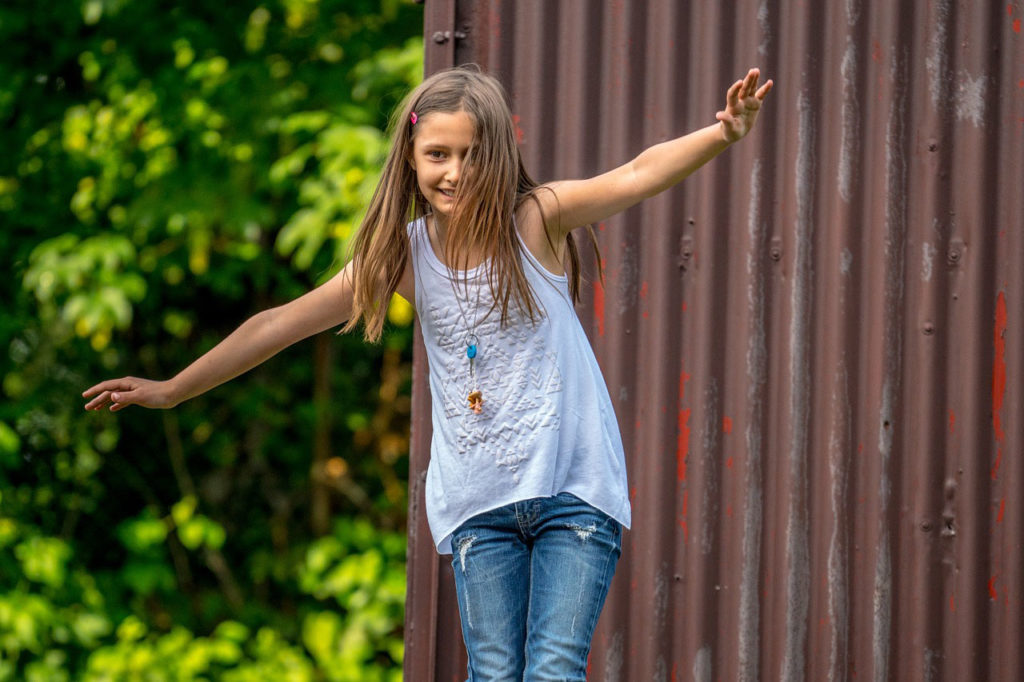
a. Accepting the reality of abuse and encouraging a “thriver” perspective
b. Assigning and resolving resposibility
c. Asking the “whys”
Most of the resolution stage involves shifting from a “victim” identity to a “Survivor” identity, and finally, a “thriver” mentality. Allowing the child to express the “why me” questions and ultimately shifting the child’s (and family’s) mindset to “yes, this happened to me, but I am safe now, and stronger now, and this does not define me.”
2. Grieving and letting go

a. Ability to work through feelings of loss of innocence/childhood
b. Understanding feelings/reactions toward family members
c. Adjusting to life changes and changes in family
Sometimes the perpetrator is a family member or a close family friend. Sometimes after disclosure of abuse, the dynamics change and the child may never see this person again. While this is the safest solution for the child, the child may miss this person. Other family members may also miss this person. It is important that the child feels supported and the family comes together to resolve any conflicts regarding the changes in the new environment. Here is a great worksheet when working on family changes.
3. Empowerment of the survivor
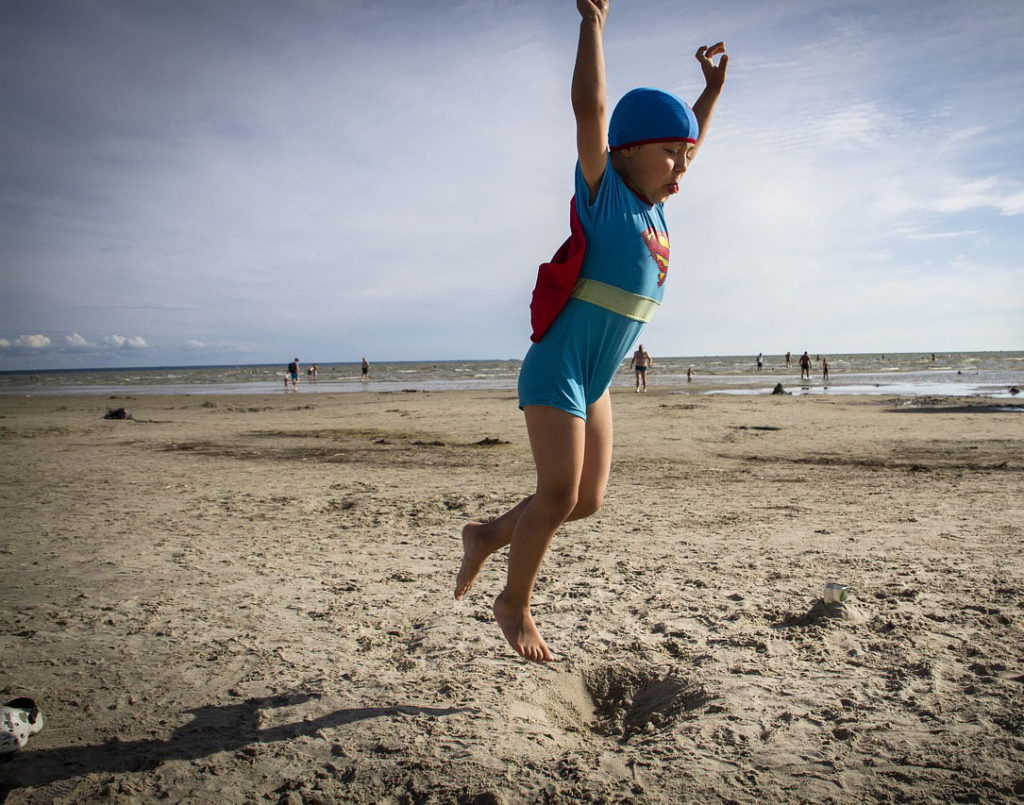
a. Reviewing safety skills and plan
b. Reviewing healthy touches and understanding healthy sexuality
c. Reviewing personal accountability and positive behavioral choices
d. Affirming a survivor mentality and shedding victim identity
When therapy for the child comes to a close, the child should have a clear understanding of healthy relationships, boundaries, sense of self, communication and safety skills. The family will have ideally come together to maintain the safety plan, support the child, resolved feelings of guilt, and have a new mindset of hope and empowerment.
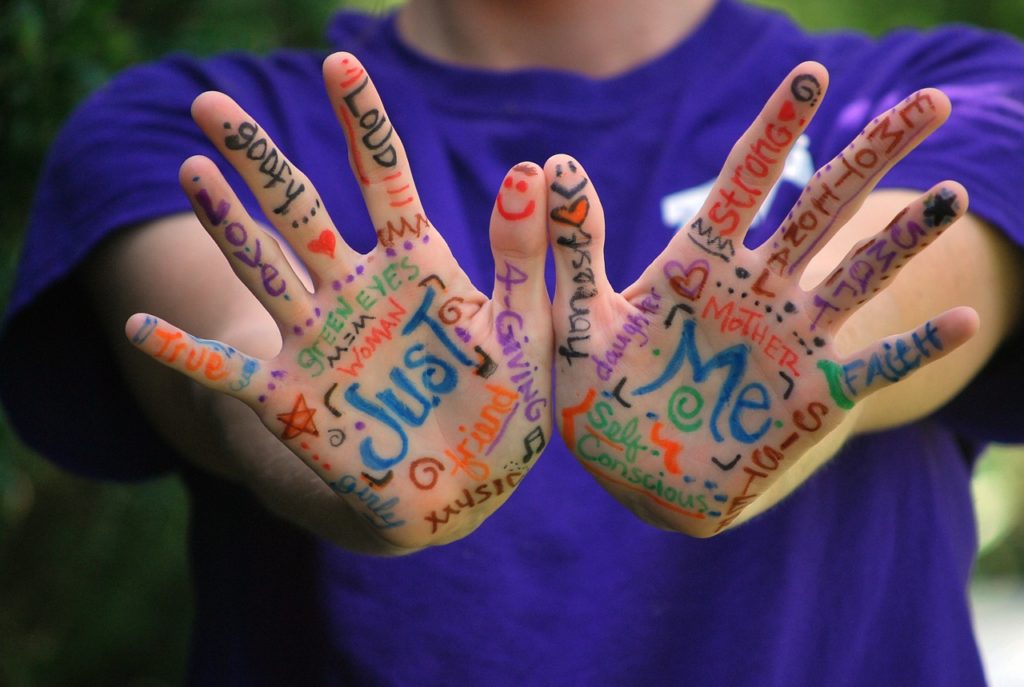
It’s important to keep in mind the client’s own pace and to keep parents updated on important steps in therapy such as safety plans and, if applicable, the completion of a trauma narrative (if utilizing the TF-CBT approach).
Check out my blog on what to do when your child starts talking about the abuse.
If you suspect or know a child is being (or has been) abused, please call the National child abuse hotline at 1–800–4-A-CHILD. (1–800–422–4453).
Articles Used:
TF-CBT Home Page: https://tfcbt.org
Play Therapy Association: http://www.a4pt.org/page/PTMakesADifference
SandPlay: http://www.sandplay.org/about-sandplay/what-is-sandplay/
Sandtray Organization Blog: https://medium.com/@playtherapy/a-cool-mental-health-intervention-how-to-organize-your-sandtray-therapy-room-with-pictures-1bc607deb9fb
Worksheets for working with children: http://www.therapistaid.com




Pingback: What to do While Your Child Goes to Play Therapy- A Parent’s Guide • The Play Therapist